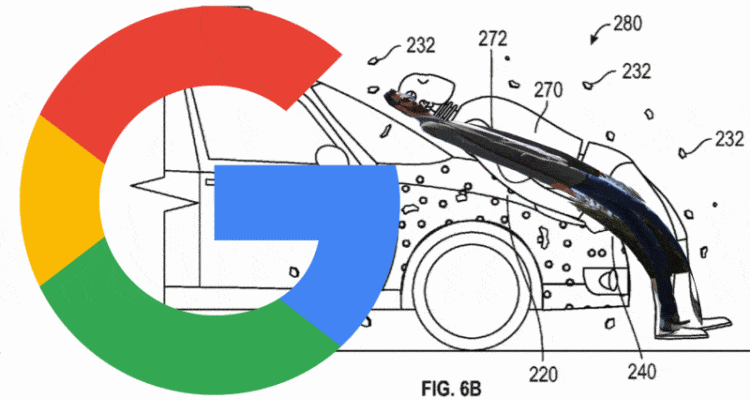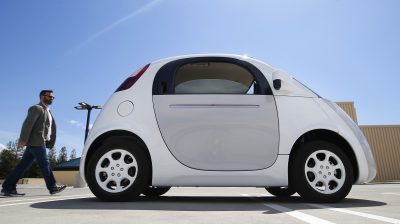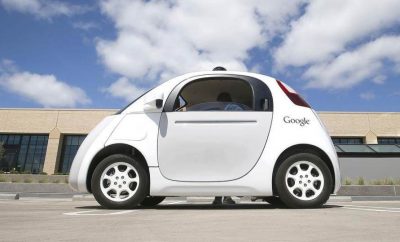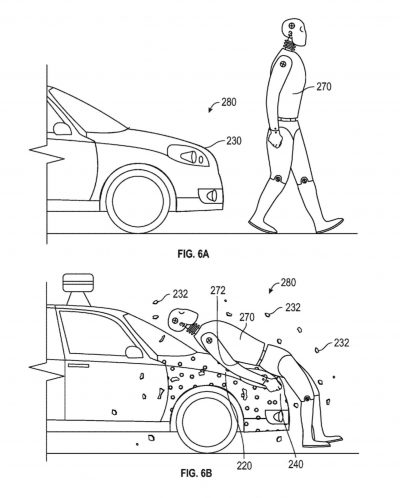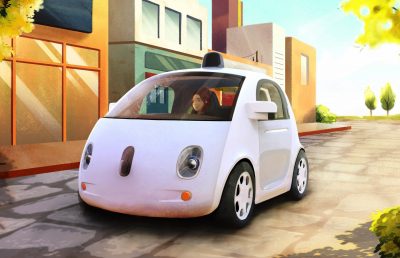During the course of automotive history there have been many advances in safety technology with the bulk of these systems focused on protecting occupants inside an automobile. However, a new patent recently filed by Google flips the script, and takes a novel approach to pedestrian safety.
Whereas some automakers have equipped their offerings with pedestrian protection systems, Google’s approach would allow pedestrians to literally stick to the car in the event of an impact. At first glance the idea seems ahead of its time with Google’s giggle producing patent photos not helping matters, but a closer look reveals that there is actually some compelling science behind this odd innovation and it could play a role in improving safety for driverless vehicles.
According to the tech giant, when a vehicle strikes a pedestrian there is a primary impact, and then a secondary impact when the pedestrian hits the ground. If a person is somehow stuck to the car, it would eliminate that impact thus reducing the amount of injuries sustained. On paper this makes sense, though vehicle speed and the angle at which a person is struck would certainly affect their survival rate.
According to the patent, Google would paint a special adhesive onto the fenders, hood, and bumper of its vehicles with a harder coating over that. The hard coating would sit on top of the glue, and breakaway when struck revealing the sticky layer underneath. The substance would be engineered to work for a short while since the struck individual could still suffer injuries from the initial hit.
Like their self driving program, it’s clear that Google’s engineers are thinking outside the box with this sticky concept, and chances of this making production are incredibly slim due to our country’s strict safety laws as well as the high cost that would be generated from creating the adhesive. Despite these limitations, it would be pretty cool to see a demonstration of this concept, and whether it could indeed allow people to stick to it or not.
However, the patent images do appear to also provide a compelling glimpse into the exterior styling of a possible production car. Whereas the current prototypes have more of a bubble shape to it, the car featured in the patent has a traditional sedan shape, and also appears to feature a more advanced version of its roof mounted radar. These revisions would allow the car to perform better in real world scenarios, and also help reduce the size and the cost of its advanced radar technology.

Carl Malek has been an automotive journalist for over 10 years. First starting out as a freelance photographer before making the transition to writing during college, his work has appeared on numerous automotive forums as well as websites such as Autoshopper.com.
Carl is also a big fan of British vehicles with the bulk of his devotion going to the Morgan Motor Company as well as offerings from Lotus, MG, and Caterham. When he is not writing about automobiles, Carl enjoys spending time with his family and friends in the Metro Detroit area, as well as spending time with his adorable pets.


